ECG Blog #396 — Why the Flat Line?
Ken Grauer, MD
SEPTEMBER 22, 2023
The ECG in Figure-1 — was obtained from a middle-aged man with palpitations and shortness of breath. How would YOU interpret the ECG in Figure-1 ? Figure-1: The initial ECG in today's case. ( To improve visualization — I've digitized the original ECG using PMcardio ). Figure-1: The initial ECG in today's case. (


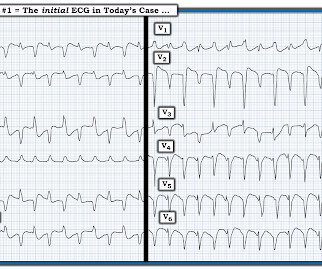








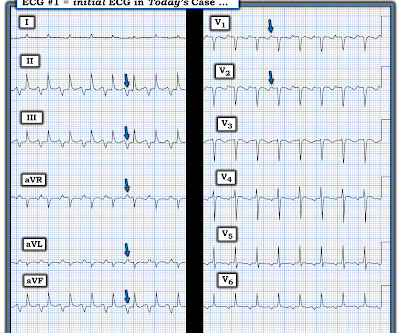







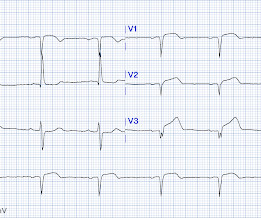




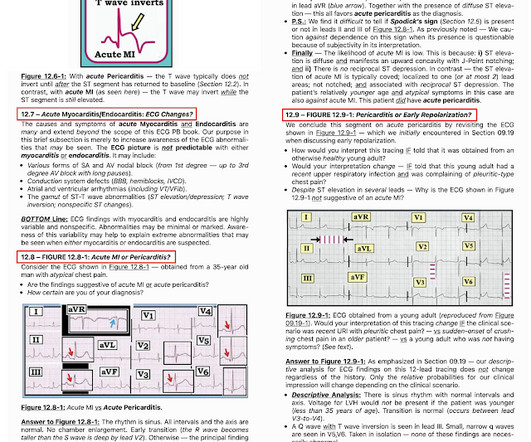








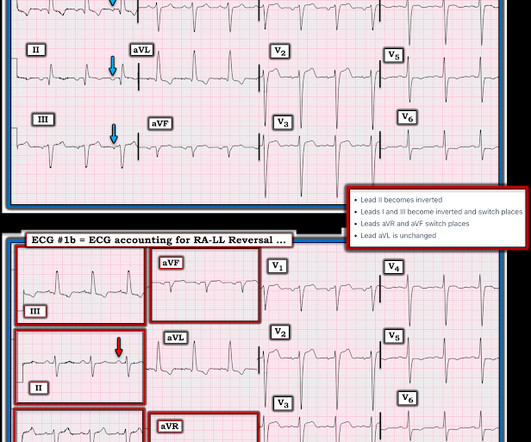
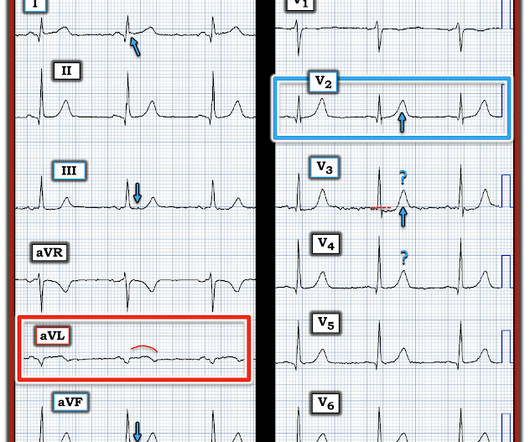



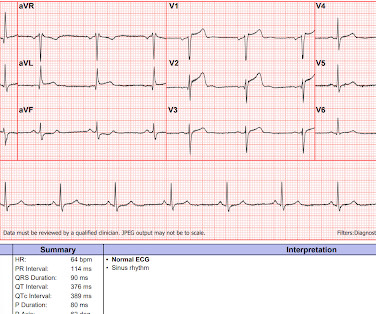

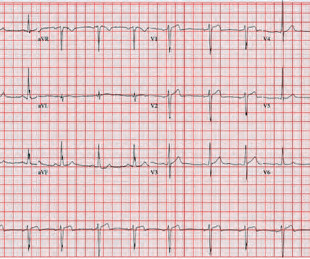
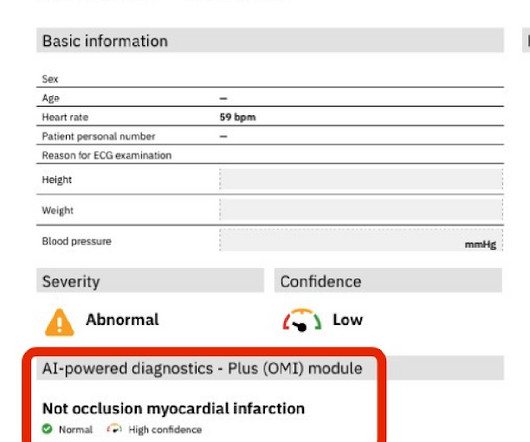

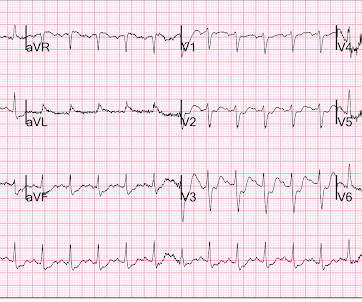







Let's personalize your content